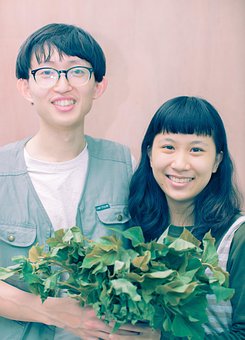In the Philippines, bride customs vary depending on the region, spirituality, and race. Some couples, for instance, make a special sticky corn bread or perform standard religious ceremonies. Many people host something equivalent to a rehearsal dinner for their customers https://www.udiscovermusic.com/stories/queen-love-songs/ in a more contemporary setting.
Filipinos likewise have ceremony sponsors or “aunties and brothers,” while the majority of couples may own a maid of honor. These special guests are known as the “ninang” or “ninong” for the bride, “ninong” for the bridegroom, and “ninong” for the groom. They perform ceremonial rituals like wire ceremonies and coin ceremonies.

In the Philippines, seeking familial approval is a great part of the marriage custom. In front of the rest of the wedding guests and occasionally even the priest, the ninang or ninong gently touch their parent’s hand to their own forehead, although this is n’t always done during the ceremony itself. They are acknowledging that they are giving their child to their partner and show appreciation for their parents in this gesture.
Another significant ceremony meeting is known as the pamamanhikan. This crucial stage of a betrothed couple’s relationship is significant because it represents the man’s commitment to his coming sister’s union https://asiansbrides.com/filipino-brides/ with her family. The kid’s household then accepts his suggestion.
A well-known mark in Philippine celebrations is the aras or arrhae. It is a ceremony jewelry with thirteen coins, which represent the couple’s fine health, happiness, and fortune. It is frequently held by a sweet gold carrier. During the service, the wedding places the aras or arrhae on the couple’s hand.
